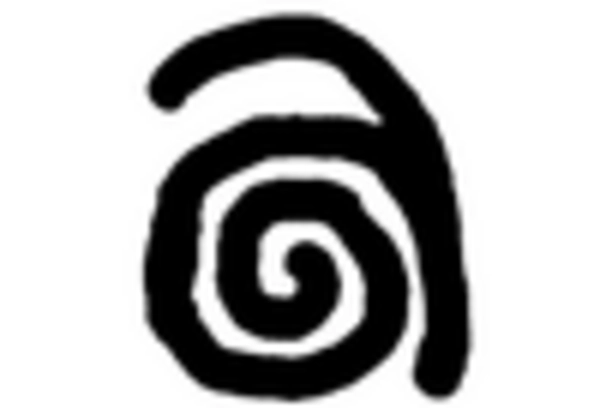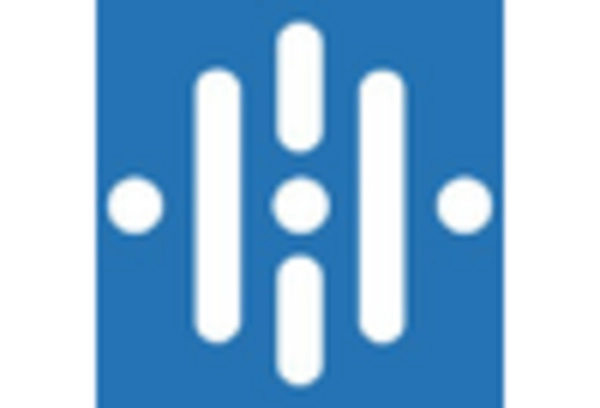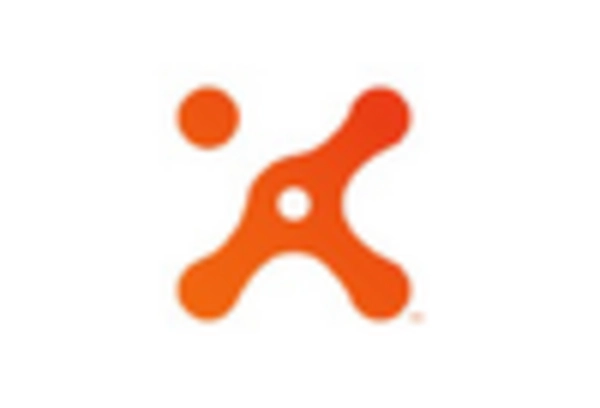Rising Cybersecurity Threats
The increasing frequency and sophistication of cyber threats is a primary driver for the threat intelligence-platform market in North America. Organizations are facing a surge in ransomware attacks, phishing schemes, and advanced persistent threats (APTs). According to recent data, cybercrime is projected to cost businesses globally over $10 trillion annually by 2025. This alarming trend compels organizations to invest in threat intelligence platforms to enhance their security posture. The threat intelligence-platform market is witnessing a robust growth trajectory as companies seek to proactively identify and mitigate potential threats. As a result, the demand for advanced threat detection and response capabilities is escalating, leading to a significant uptick in market investments.
Growing Regulatory Requirements
The evolving regulatory landscape in North America is a significant driver for the threat intelligence-platform market. Organizations are increasingly required to comply with stringent data protection regulations, such as the California Consumer Privacy Act (CCPA) and the General Data Protection Regulation (GDPR). Non-compliance can result in hefty fines, which can reach up to €20 million or 4% of annual global turnover, whichever is higher. As a result, businesses are turning to threat intelligence platforms to ensure compliance and protect sensitive data. The threat intelligence-platform market is thus experiencing growth as organizations seek solutions that not only enhance security but also facilitate adherence to regulatory mandates.
Shift Towards Cloud-Based Solutions
The shift towards cloud-based solutions is transforming the threat intelligence-platform market in North America. Organizations are increasingly adopting cloud technologies for their flexibility, scalability, and cost-effectiveness. This transition allows businesses to leverage advanced threat intelligence capabilities without the need for extensive on-premises infrastructure. The threat intelligence-platform market is witnessing a surge in demand for cloud-based platforms, as they offer enhanced collaboration and integration with other security tools. As more organizations migrate to the cloud, the need for effective threat intelligence solutions that can operate seamlessly in cloud environments is becoming paramount.
Increased Investment in Cybersecurity
Organizations in North America are significantly increasing their cybersecurity budgets, which is driving the growth of the threat intelligence-platform market. In 2025, it is estimated that cybersecurity spending will reach approximately $200 billion in the region. This surge in investment is largely attributed to the need for advanced security solutions that can provide real-time threat intelligence and analytics. The threat intelligence-platform market is benefiting from this trend as businesses recognize the importance of integrating threat intelligence into their overall security strategies. Enhanced funding allows for the adoption of sophisticated technologies, including machine learning and AI, which are essential for effective threat detection and response.
Demand for Real-Time Threat Intelligence
The need for real-time threat intelligence is becoming increasingly critical for organizations in North America. As cyber threats evolve rapidly, businesses require immediate insights to respond effectively. The threat intelligence-platform market is responding to this demand by offering solutions that provide real-time data analytics and threat detection capabilities. Companies are recognizing that timely information can significantly reduce the impact of security incidents. This trend is reflected in the market's growth, as organizations prioritize investments in platforms that deliver actionable intelligence. The ability to respond swiftly to emerging threats is essential for maintaining a robust security posture.

















Leave a Comment